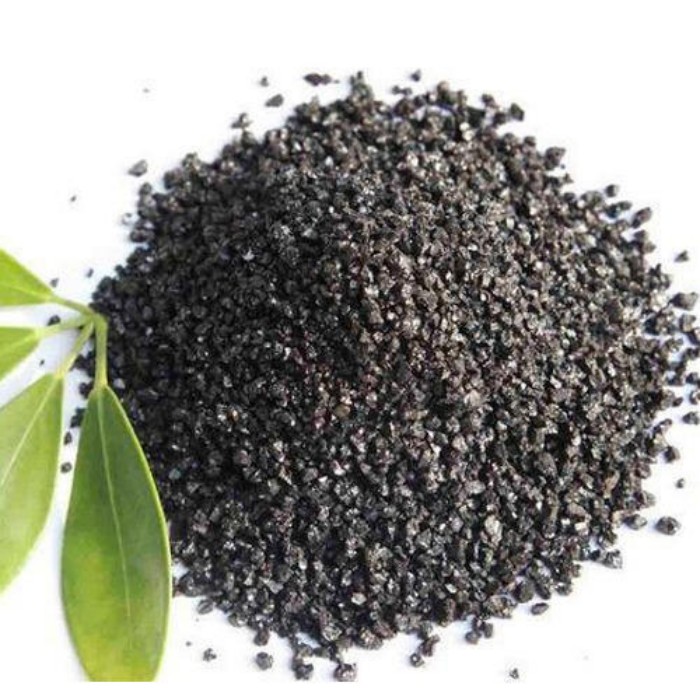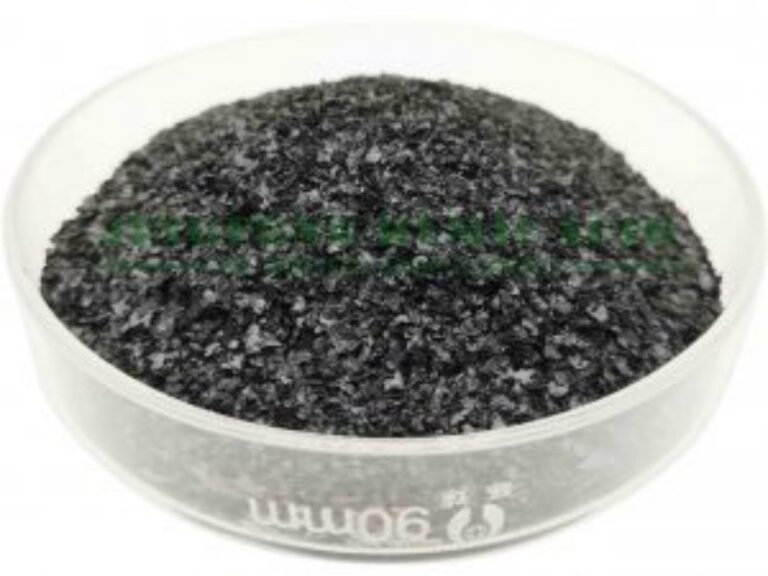Fulvic acid has a small molecular weight and is easily absorbed and utilized by plants; fulvic acid has a higher content of functional groups, has greater physiological activity than general humic acid, and has a stronger complexing ability for metal ions; humic acid cannot be directly dissolved in water and needs to be converted into monovalent metal salts or ammonium salts such as potassium and sodium to be dissolved in water. The aqueous solutions of these salts are alkaline, while fulvic acid can be directly dissolved in water and its aqueous solution is acidic.

fulvic acid fertilizer price sale in Canada
Fulv acid is an essence purified from plants such as straw. The effects of fulvic acid are as follows:
- Water retention
Fulv acid is a colloidal organic substance that can loosen the soil, absorb a large amount of water, ventilate and humidify, nourish soil moisture, prevent drought, and provide the soil with good water, air and heat conditions, which is suitable for seed germination and seedling growth. - Improvement of saline-alkali land
Fulvic acid has a small molecular weight and high activity. It can absorb harmful cations in the soil, thereby reducing the concentration of salt in the soil, reducing the harm of salt to seeds and seedlings, and improving saline-alkali land.
- Drought and cold resistance
- Fulvic acid sprayed on plant leaves can close the stomata of plants and reduce plant water transpiration.
- Fulvic acid is dark in color, which is conducive to absorbing solar energy; when fulvic acid is decomposed by microorganisms, it will release heat, which can increase the ground temperature and play a role in cold resistance.
- Resistance to diseases and pests
Fulvic acid can increase the activity of enzymes in plants and increase the resistance of plant organisms.
- Prevention and control of heavy metal pollution
Fulvic acid participates in ion exchange reactions in the soil, adsorbs and fixes heavy metal ions in the soil, and prevents them from entering the biological cycle.
- Improve fertilizer efficiency
- Nitrogen fixation: Nitrogen elements applied to the soil are easily volatilized into the atmosphere or lost to rivers with soil and water loss. Fulvic acid can absorb nitrogen elements in the soil, reduce its volatilization and loss, and improve utilization rate.
- Phosphorus release: Phosphorus is easily fixed by the soil when applied to the soil. Fulvic acid can release phosphorus from the soil by chelating with phosphorus, which is used for plant absorption and improves the utilization rate of phosphorus.
- Potassium activation: Potassium applied to the soil mostly exists in the form of potassium salts and cannot be directly absorbed by crops. Fulvic acid can convert insoluble potassium into soluble potassium through ion exchange function, increase the effective potassium in the soil and improve the utilization rate of potassium.
- Micro-fertilizer: Fulvic acid can chelate with insoluble trace elements to generate humic acid trace element chelates with good solubility and can be absorbed by crops, which is beneficial for the roots and leaves to absorb trace elements.
VII. Promote the growth and development of crops
- Fulvic acid can stimulate root growth, which ultimately leads to a greatly enhanced ability of crops to absorb water and nutrients.
- The stimulating effect of fulvic acid can make the aboveground vegetative body of the plant grow vigorously. It is manifested in plant height, stem thickness, leaf thickness, etc.
- Fulvic acid has a good effect on tillering and reducing the empty and barren rate, which can increase the thousand-grain weight of grain and increase grain yield.
- Regulate soil pH value
Fulvic acid has many functional groups, which can combine with both acid and alkali, and can adjust the pH of the soil according to the needs of crops.
发送反馈
侧边栏
历史记录
已保存






